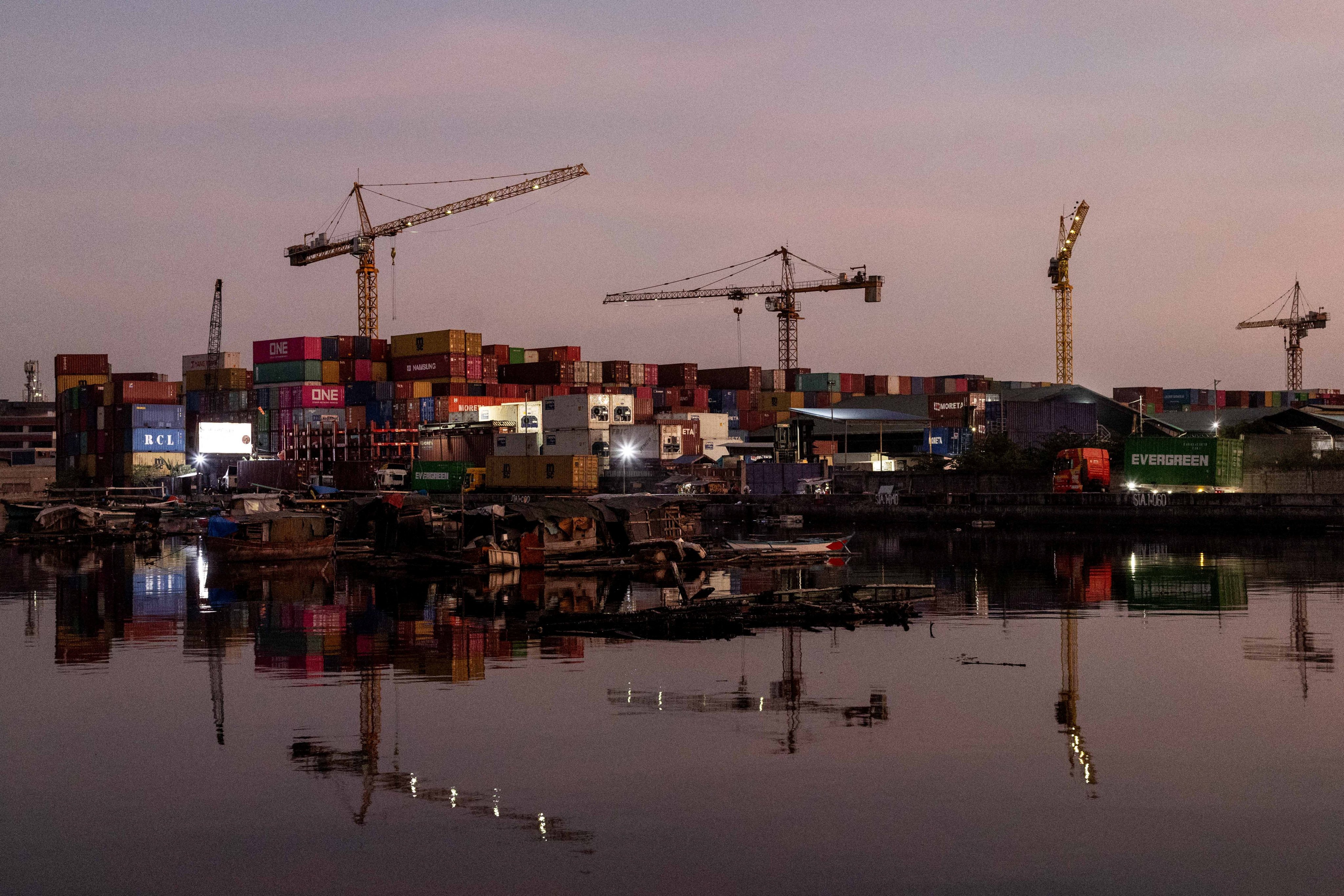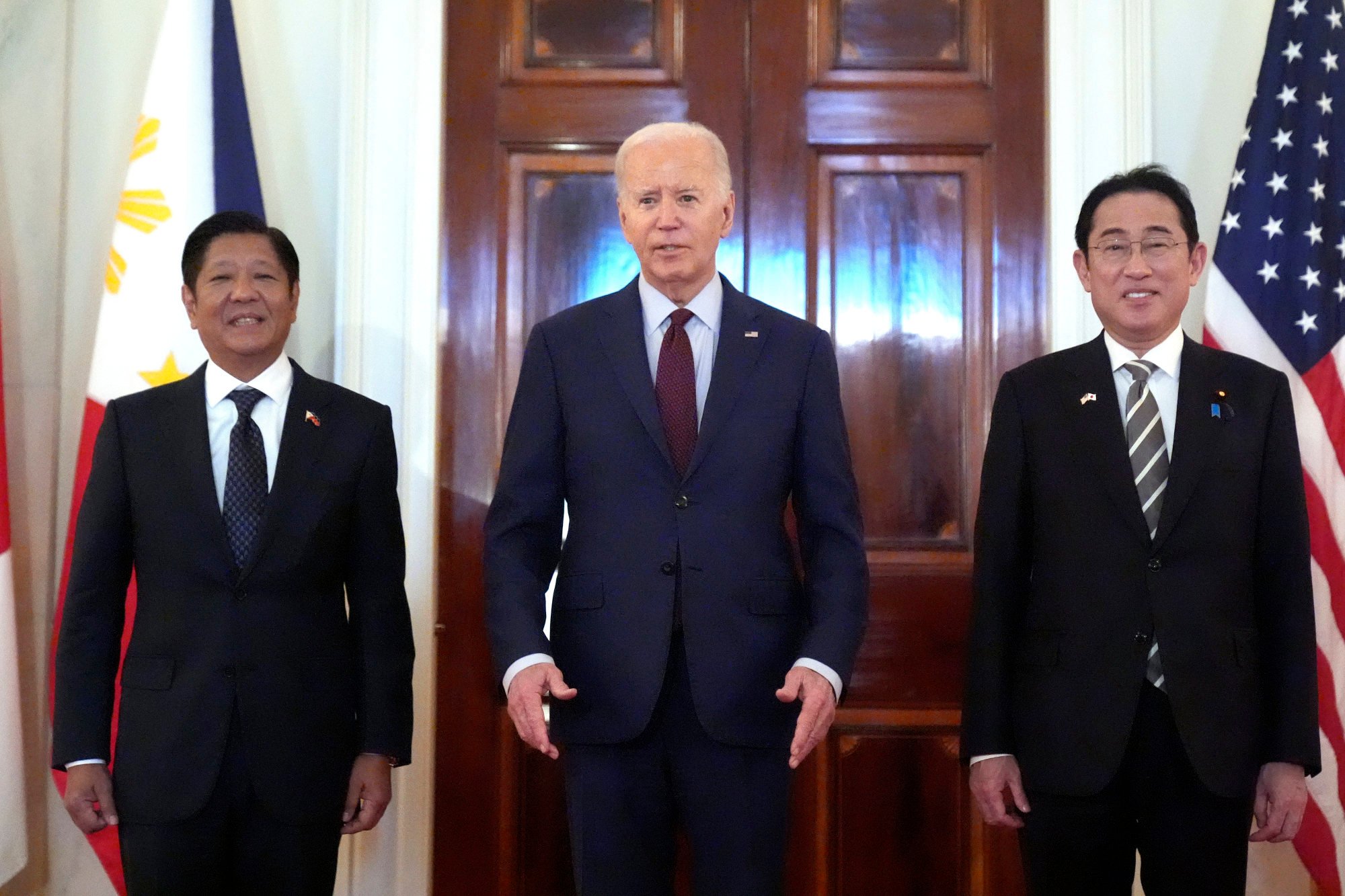Philippines confirms US funding boost for flagship railway project amid foreign aid freeze
Move indicates Washington’s intent to deepen economic cooperation and is ‘good signalling’ for bilateral ties, analysts say

The United States has approved funding for a major railway under the Luzon Economic Corridor – a flagship infrastructure initiative designed to connect key Philippine ports and industrial zones – in a move analysts say signals Washington’s intent to deepen economic cooperation with Manila despite a broader foreign aid freeze.
“The Luzon Economic Corridor is on track. Many have been asking in the last two months what happened here. We received a letter from the US Trade and Development Agency that the loan for the Subic-Clark-Manila-Batangas Rail has been approved,” Frederick Go, special assistant to the president for investment and economic affairs, said at a press briefing on May 5.
Go said the US trade agency reportedly increased funding for the Subic-Clark-Manila-Batangas Railway from US$2.5 million to US$3.8 million, and was relayed to the Philippine government on April 28 following the selection of a US consultancy firm.
“This milestone demonstrates that the Philippines-US economic ties are stronger than ever,” Go said, adding that a formal agreement would be signed in the coming days. “This is great positive news.”
Washington has not yet issued a formal statement on the matter.
The 250km freight rail line will connect four key cities across Luzon, the Philippines’ largest island, linking three major ports and two international airports. The government expects the project to create jobs, lower transport costs and improve logistics, while also boosting trade flows across the archipelago.
Go said its ability to connect the “most important ports” made the railway “extremely important” to the country’s trade and development.

Renewed confidence in US-Philippine ties
The Luzon Economic Corridor, which could pump an estimated US$100 billion into the Philippine economy, was first announced during the trilateral leaders’ summit in April 2024 attended by Philippine President Ferdinand Marcos Jnr, US President Joe Biden and Japan Prime Minister Fumio Kishida.
The corridor is expected to revitalise the Philippine economy, potentially renewing growth in industries such as battery production, energy, and the semiconductor supply chain.
However, the re-election of US President Donald Trump sparked concerns that the initiative might be shelved due to his transactional approach to diplomacy, which could hinder economic cooperation beyond defence agreements.
Trump’s return to office in January raised doubts about the initiative’s future, given his scepticism of foreign assistance. Within days of his inauguration, Trump ordered a 90-day freeze on foreign aid to evaluate alignment with his “America First” agenda – though US$336 million in security assistance that had been pledged to Manila by the previous administration was exempted.
Observers said Washington’s sustained support for the railway emphasised Manila’s strategic importance as a partner and inspired renewed confidence in US-Philippine ties.
Should the White House choose to support the corridor, it would indicate that US support for the Philippines “follows a policy of continuity and emphasises the importance of the Philippines as an ally”, said Julio Amador, the interim president of the Foundation for the National Interest and founder and trustee of the non-profit policy advisory firm FACTS Asia.
“The economic partnership is vital to the alliance because Marcos has said before that economic security is national security,” Amador told This Week in Asia.

Michael Ricafort, chief economist of the Rizal Commercial Banking Corporation, said the funding was “good signalling between US and Philippine ties” as it extended towards economic and global supply chain cooperation and was therefore “much better than expected and compared to what is available for other countries”.
Ricafort added that US support for the corridor was a “pleasant surprise” amid recent news that the Trump administration was due to end the Chips Act, the Biden-era chip export programme.
Matteo Piasentini, a geopolitical analyst and international relations lecturer at the University of the Philippines, said Washington’s support “is a positive development that testifies [to] the growth and strengthening of US-Philippines ties, which seem to go beyond the contingencies of each administration”.
However, Piasentini said the US’ approach to key regional actors was shifting “towards a very pragmatic alignment-for-development paradigm, where loyal partners are rewarded for their alignment choices”.
While this was made evident by Trump’s tirades, Piasentini said it was a trend consistent with the Biden administration’s approach.
“I believe that the Philippines was able to send the strong message that, in current global geopolitics, military and economic assistance to key allies must come hand in hand, given the presence of alternative sources of development and economic expansion,” he said.
While the approval for the investment funding had come from the US, “it is likely to expect Japan having a stake in the projects for the construction of the infrastructures”, Piasentini added.
“It is a trilateral, and not a bilateral game. We can see how such a structure of cooperation favours commitments rather than purely bilateral ones.”
Other countries such as Sweden, the United Kingdom and Australia have shown interest in taking part in development projects under the corridor.
According to Go, discussions are reportedly being undertaken with Sweden’s development finance institution Swedfund to inject an additional US$1.2 million to complement the railway initiative.
Analysts also noted that the Trump administration’s interest in the corridor likely stemmed from a desire to focus on economic competition that challenged China’s Belt and Road Initiative.
“The Philippines’ proximity to Taiwan and [mainland] China made it a strategic alternative in reducing reliance on China for global supply chains on electronics, automotives, and other hi-tech industries that would help hedge US and other value chains,” Ricafort said.
“Thus, this is good signalling to help attract more foreign direct investments from the US and other like-minded developed countries to augment the supply chains and also markets for US and other global companies that maintain strong global presence.”
Amador predicted that US participation was likely to showcase its private sector and possibly involve the International Development Finance Corporation.
China, however, “is watching how Washington can become a proactive and successful economic partner of the Philippines” in the corridor project, said Chester Cabalza, founder and president of the International Development and Security Cooperation think tank.
“If the US fails to meet its commitments, it becomes a laughingstock for China’s cognitive warfare with the Philippines,” he told This Week in Asia. “I hope the US will succeed in its weak economic support with the Philippines for decades now.”